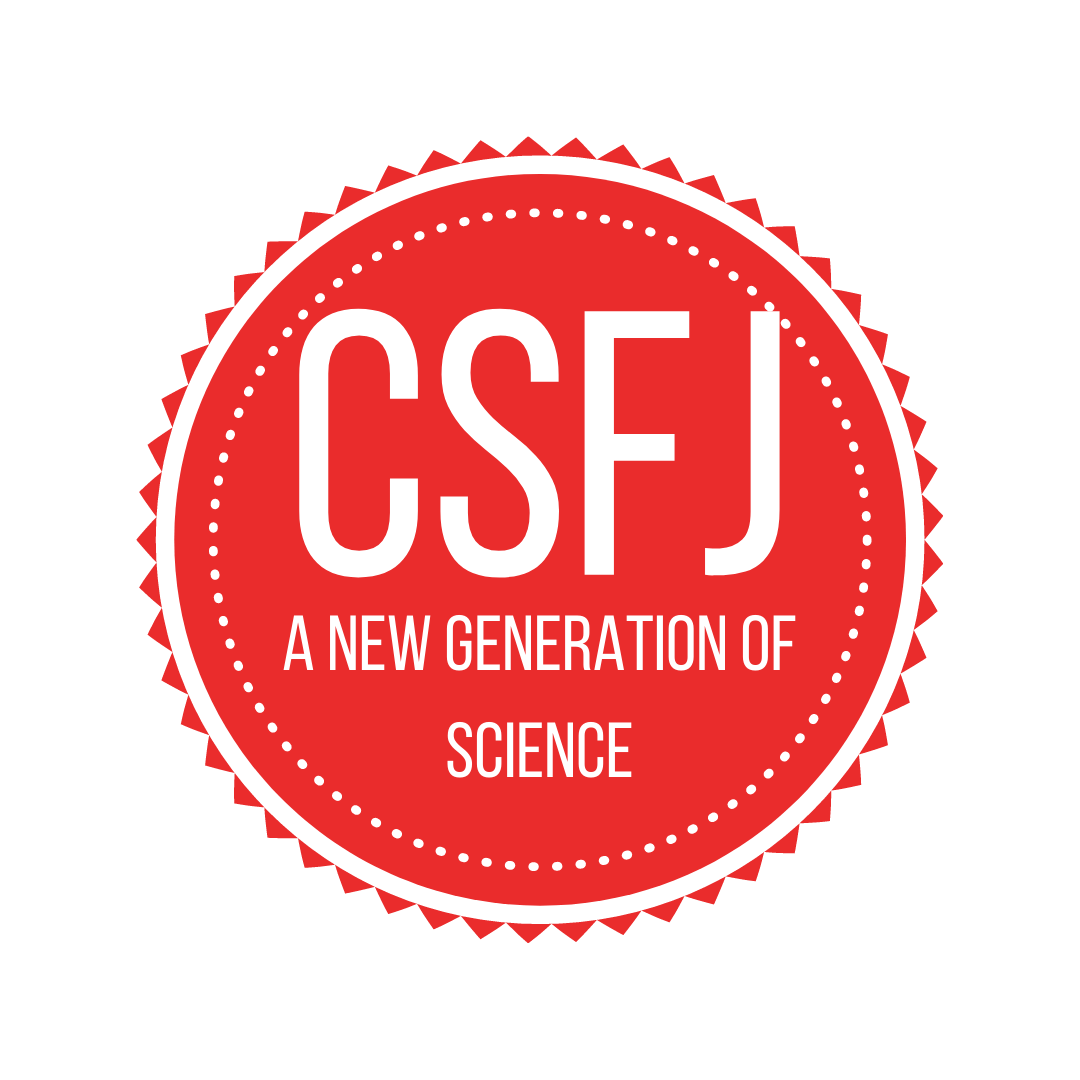October 2023
Volume 6 Issue 2
by Yu Han (Veronica) Guo
This project aims to further explore biological photovoltaics (BPVs)–a sustainable alternative to conventional batteries. Lithium-ion or other traditional batteries use non-renewable materials and are toxic to the environment if leaked. Since current battery production methods are not sustainable, it is important to find renewable alternatives. Algae is scalable and being explored for mass production, which could allow for further production of BPVs. BPVs can last for an extended period, as demonstrated by a six-month durability in one experiment.
by Tharunika Gnaneshan
This study examines this concept in detail by analysing how increasing the knowledge of women of colour (WOC) role models in the STEM community also increases the number of WOC STEM degree holders and employees. To increase the knowledge of role models, a free, easily accessible mobile application was created to act as a teaching tool for young WOC. The target group was surveyed before and after providing access to the application to compare the way in which the students’ likelihood of entering the STEM field changed with the use of the learning tool. This present study is innovative as it utilizes modern technology to inspire and appeal to female youth of colour instead of short talks and/or stilted biographies.
by Renzo Masiclat
The first aim of this study is to investigate the effect of berry extracts on the growth of bacteria that are often associated with UTI. It also investigates the ability of Labrador Tea and cinnamon and their ability to prevent the growth of UTI-associated bacteria. We hypothesize that the berries, Labrador Tea, and cinnamon would have growth inhibition toward UTI-causing bacteria. This research is vital as it could identify if berries and other natural foods are possible sources of antibacterial agents to help treat and prevent UTIs.
by Kalia Harris
The purpose of my experiment is to help conserve, recycle, and reduce water waste by reusing “grey water.” Greywater is water that has been recycled from bathing, shower water or snow. I will use this “grey water” to try and grow plants. My hypothesis for this experiment is that the cleanest “grey” water will grow the best plants. I predict that the water with the least bacteria should be the healthiest for the plants. I made this prediction based on the findings that the healthiest water for human consumption is water that has been filtered and has the least bacteria.
by Katharine Morley
The main objective of this experiment was to test how effective ethanol truly is on plant growth under drought conditions. Specifically, I explored how fertilizer could be added to ethanol solutions to maximize their efficacy in affecting plant growth.
by Katelynn Standell
In this experiment, environmental samples were tested on a variety of bacteria to look for plaques, which are evidence that the sample contains bacteriophages and the bacteria have been lysed. Environmental samples were filtered and eluted, streaked onto plates, and incubated overnight. The results demonstrate that bacteriophages can be isolated from raw sewage and water samples. The hope is that with the next steps of isolation, enrichment, and identification of bacteriophages, clinical trials could lead to future therapeutic uses to treat antibiotic-resistant infections.
by Peter Popescu & Paul Popescu
This study will investigate reducing carbon footprint in agriculture with underground robots and particularly by advancing the concept of agrowormbots. The agrowormbots are robots that imitate a worm and are used in agriculture. The agrowormbots must leverage biomimicry, imitating how nature keeps balance in the surrounding ecosystem to allow an environmentally safe agriculture.








